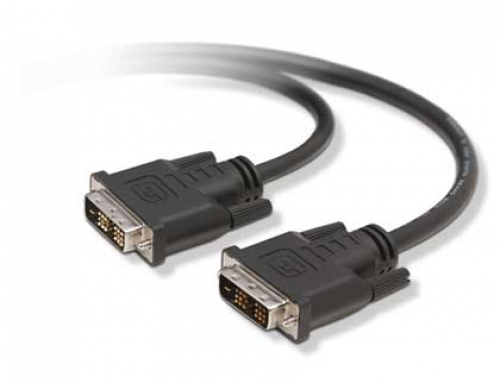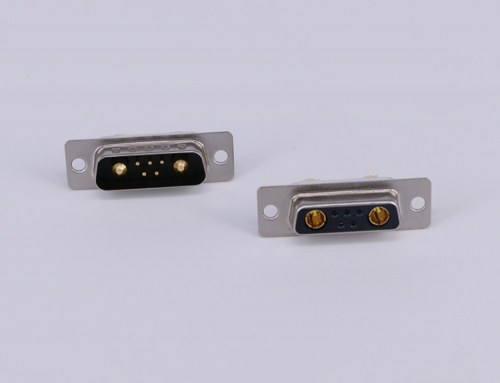The characteristics of CoaXPress cables are as follows:
Transmission performance
• High rate: CXP 1.0 and 1.1 standard single cable can reach 6.25Gbit/s, CXP 2.0 standard single cable can reach 12.5Gbit/s, multiple cables can be stacked to provide higher bandwidth, such as 8 cables can provide a maximum image data rate of about 4.8Gb/s.
• Low-latency real-time transmission: It can meet the requirements of high-resolution image acquisition at high frequency, and can achieve low-latency real-time data transmission, which is crucial for applications such as machine vision that require rapid acquisition and processing of image data, ensuring timely response and accurate control of the system.
Transmission distance
• Long-distance transmission: The transmission distance is long, and there are different typical transmission distances at different rates, such as 212m or 130m using specific cables in CXP-1 mode, 60m or 40m in CXP-6 mode, etc. Without the use of hubs and repeaters, the transmission distance can exceed 100 meters.
• Optional distance and rate configuration: Different transmission distance and transmission volume combinations can be selected according to actual needs, ranging from 50m@6.25Gbit/s to 170m@1.25Gbit/s and other modes are available.
Cable function
• Integrated multi-signal transmission: Video transmission, serial communication control and power supply can be realized on one cable, reducing wiring complexity and cost. The host can provide 24V voltage to the device through coaxial cable, and the power of each cable can reach 13W.
• Uplink: There is a low-rate uplink, the standard rate of CXP 1.0 and 1.1 versions is 20.833Mbit/s, and the 2.0 version is 41.667Mbit/s, which can be used for device control, triggering and firmware updates.
Cable characteristics
• Standard coaxial cable: 75Ω coaxial cable is used as the transmission medium. Common coaxial cables such as RG59 and RG6 can be used. It is easy to obtain and install, and the existing coaxial cable can be reused when the analog camera system is upgraded to a digital camera system.
• Strong anti-interference ability: Some cables have a braiding coverage of more than 90% and an aluminum foil double shielding design, which has excellent anti-electromagnetic interference ability and can ensure the reliability and integrity of the signal.
• High flexibility: There are two series: fixed type and high-flexible type. After 5 million drag chain tests, the high-flexible type still has stable and reliable data transmission, which is suitable for connecting devices that need to be frequently moved or bent.
• Miniaturization: The special coaxial cable design is adopted, the product is miniaturized, the cable outer diameter is small, and the bending radius is small, which can save space for devices such as cameras, and supports multiple interfaces such as BNC, HD-BNC, and DIN.
Use and cost
• Support hot plugging: It is convenient to connect and replace equipment without turning off the system power, which improves the maintainability and flexibility of the system.
• Cost-effectiveness: The use of standard coaxial cable has low material prices, which reduces the overall cost. At the same time, there is no authorization fee for this standard, which further saves the cost of use.
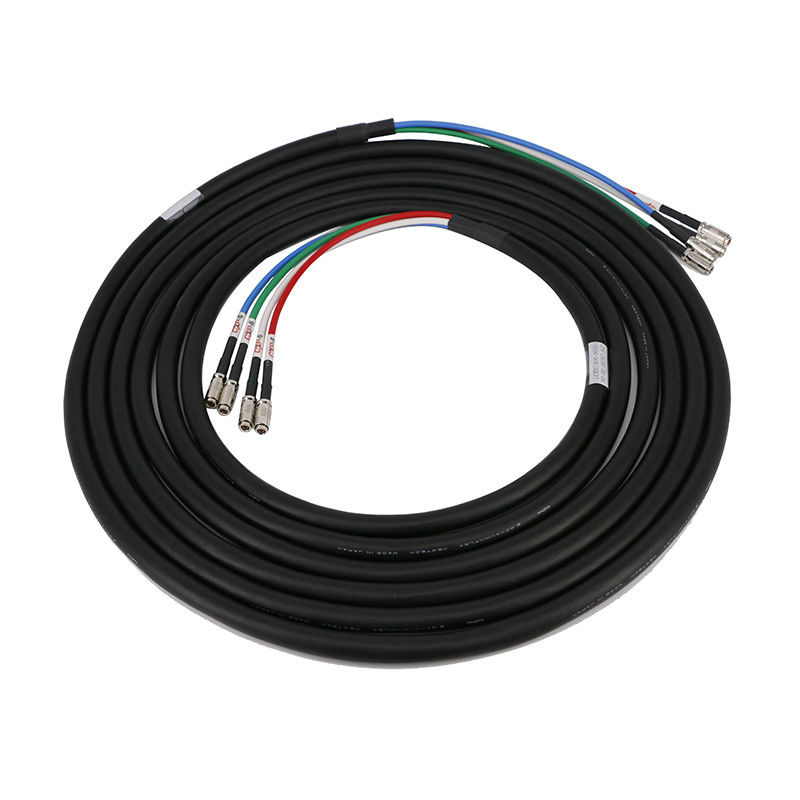


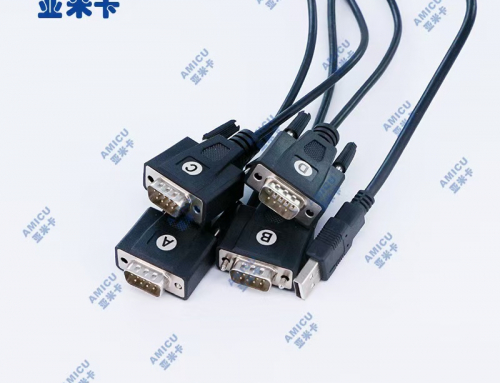
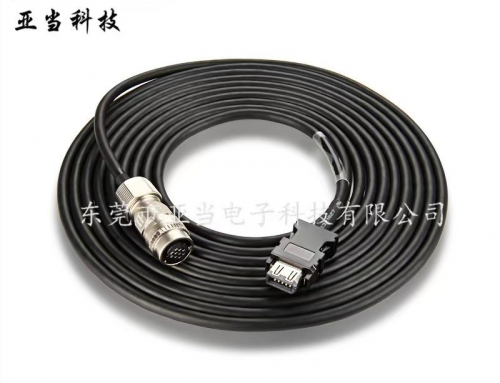
-4-scaled-500x383.jpg)
